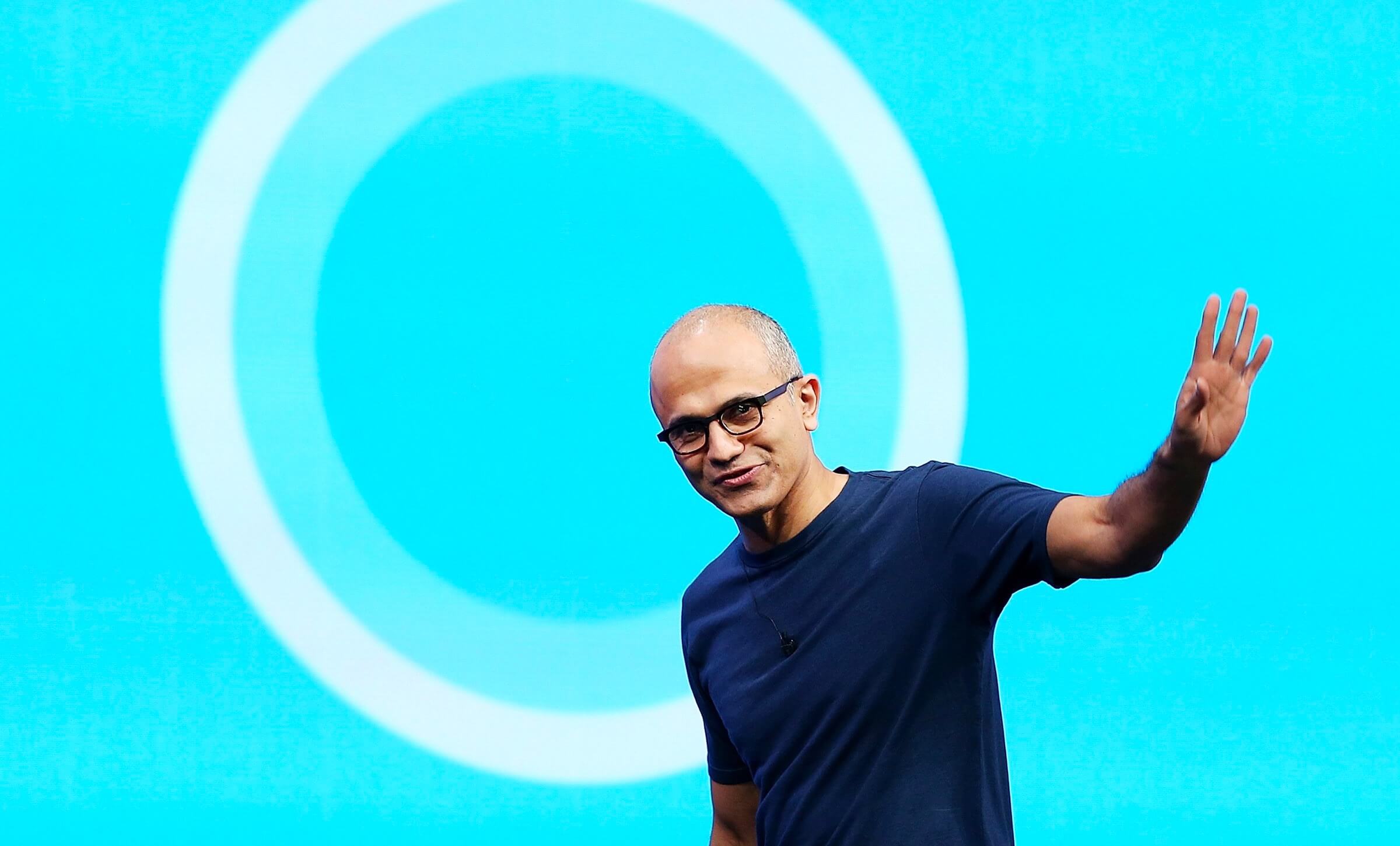In context: Ever since the debut of multiple voice-based digital assistants---including Apple's Siri, Amazon's Alexa, Google's Assistant, and Microsoft's Cortana among others---there have been questions about how many the market could realistically support and what specific role these AI-powered tools could play.
As time has passed, it's become clear that Alexa and Google Assistant have become the dominant forces in the "general" assistant market---where you basically can ask a wide variety of different questions---with Siri continuing to remain an important, but much less influential player. Microsoft's Cortana, on the other hand (and Samsung's Bixby, among others) has faded from prominence, primarily because of its initial positioning as a PC-focused assistant. Despite some interesting potential, it turns out that not many people are interested in interacting with personal assistants on PCs---it's much more natural and convenient on smartphones and other types of mobile devices, and it's more critical on devices that don't have any screens.
Despite these setbacks, Microsoft clearly recognized that the technology behind Cortana was very sound. In fact, there have been some studies that have shown Cortana was the most accurate digital assistant for certain types of inquiries. However, the company also acknowledged that it's AI-powered voice computing platform needed to be used and positioned in a different way in order to have the biggest possible impact. As a result, at its annual Ignite developer conference, Microsoft debuted several new ways to interact with Cortana that reflect the realities of how most people prefer to invoke digital assistants---on mobile devices. In addition, and arguably even more importantly, this pivot also reflects a more mature perspective on the evolution of voice-based computing and points the way towards more focused, and more refined applications of the technology.
Specifically, Microsoft announced the ability to use Cortana within the iOS version of Outlook (with Android support coming in spring of 2020) to read back and reply to emails purely by voice, as well as to help schedule meetings and organize calendars using natural language requests. It's clearly a much smaller set of requirements than would be placed on a general-purpose digital assistant, but the end result will (hopefully!) be an accurate and thorough delivery of those capabilities. In other words, instead of trying to go wide, Microsoft clearly wants to go deep and leverage its AI capabilities in a category (personal information management) and an application in which it has an extremely strong legacy. While ultimate success or failure will be determined by the execution of the idea, strategically this repositioning of Cortana makes a great deal of sense.

Remember that one of Microsoft's biggest efforts over the last several years has been the development of what it calls the Microsoft Graph---a collection of data about an individual user's productivity habits, documents, device usage patterns and virtually every aspect of his/her working life that can be gathered. By leveraging the Graph data in an intelligent way, the AI-powered capabilities driving Cortana should have a very rich data set from which to learn. That, in turn, should give this more focused version of Cortana the ability to deliver well-informed, intelligent responses that provide a richer, more robust experience than a general-purpose digital assistant could. Again, the proof will be in the pudding, but the concept of what Microsoft is attempting makes perfect sense.
"In essence, Microsoft is using Cortana as an AI brain that can be leveraged to help bring more intelligence to O365 users."
Microsoft is also leveraging its strength in the business environment with these additions to Cortana, instead of focusing on the consumer market, as most of the other digital assistant platforms have. To that end, Microsoft said that it plans to bring more productivity and enterprise-specific additions to Cortana through upcoming integration with Teams and other parts of the Office 365 (O365) suite of services. In essence, the company is using Cortana as an AI brain that can be leveraged to help bring more intelligence to O365 users. It's a more specialized approach that, frankly, Samsung would be wise to follow with its Bixby voice platform, which has similar challenges when it comes to rates of adoption.
Initially, many viewed voice-based digital assistants as general-purpose platforms that were essentially capable of responding to most any type of query. As the technology and marketplace have evolved, however, it increasingly appears that there are going to be opportunities for many different types of voice-based computing platforms, some of which are optimized for specific functions, just as there are many different types of people who have specialized knowledge in different areas. It's still not entirely clear how these various assistant platforms and voice computing models will interact with one another (and how they'll avoid stepping on each other), but the notion of a winner-take-all approach for voice-based digital assistants looks increasingly unlikely as time goes by. Instead, as Microsoft has demonstrated here, it's time to start thinking about a multi-platform voice computing world.
Bob O'Donnell is the founder and chief analyst of TECHnalysis Research, LLC a technology consulting and market research firm. You can follow him on Twitter @bobodtech. This article was originally published on Tech.pinions.
Masthead credit: Justin Sullivan via Getty Images
